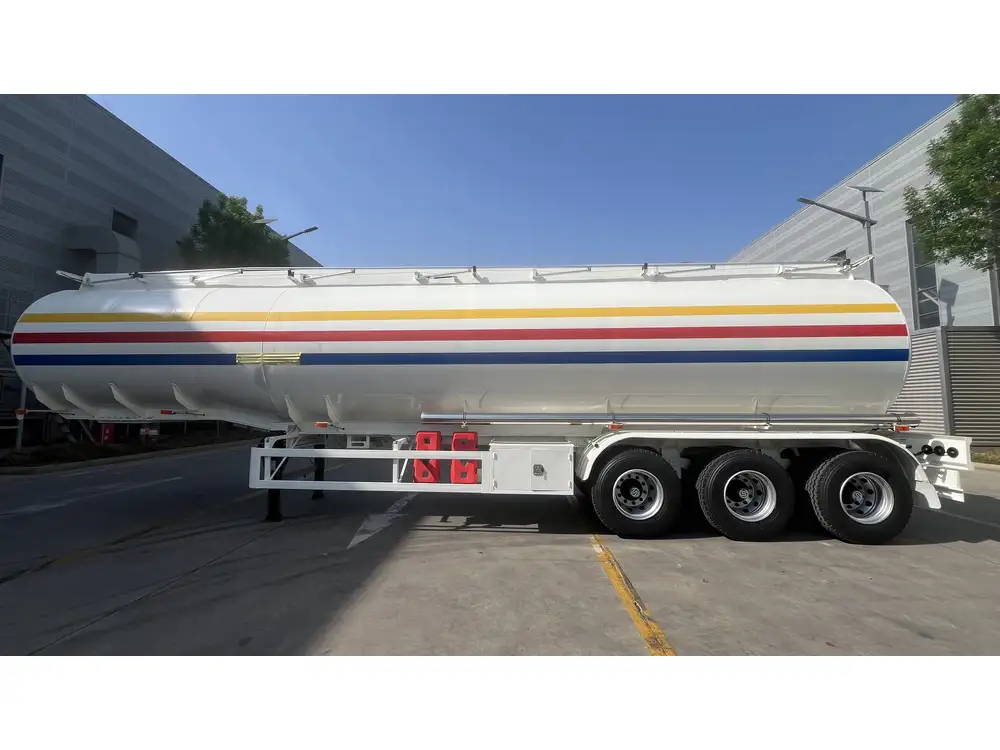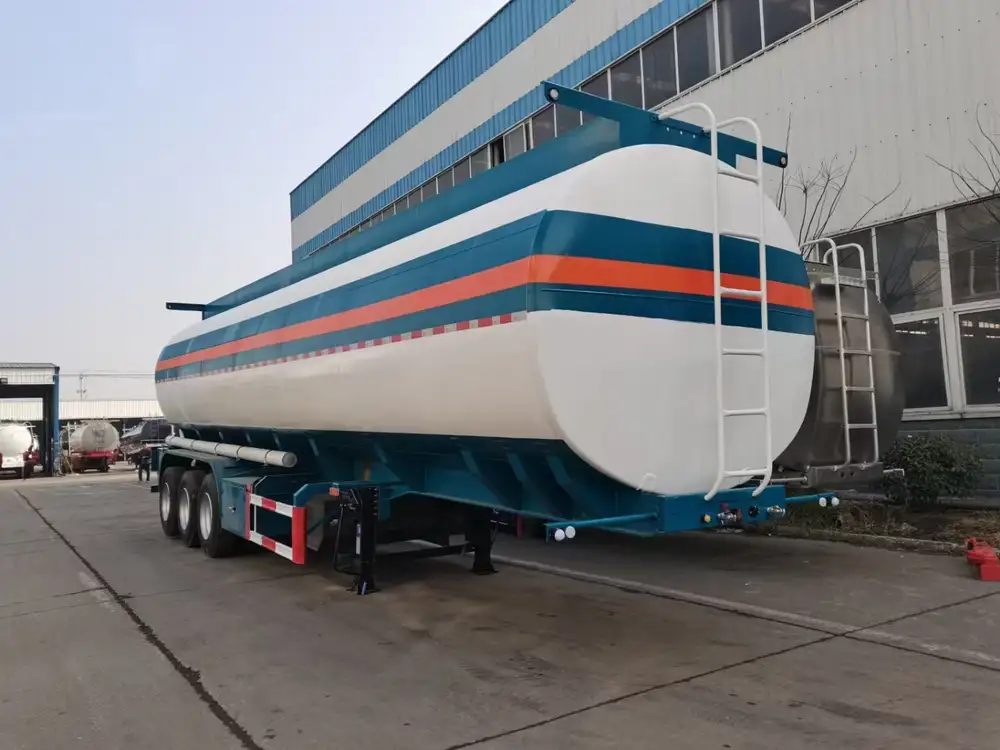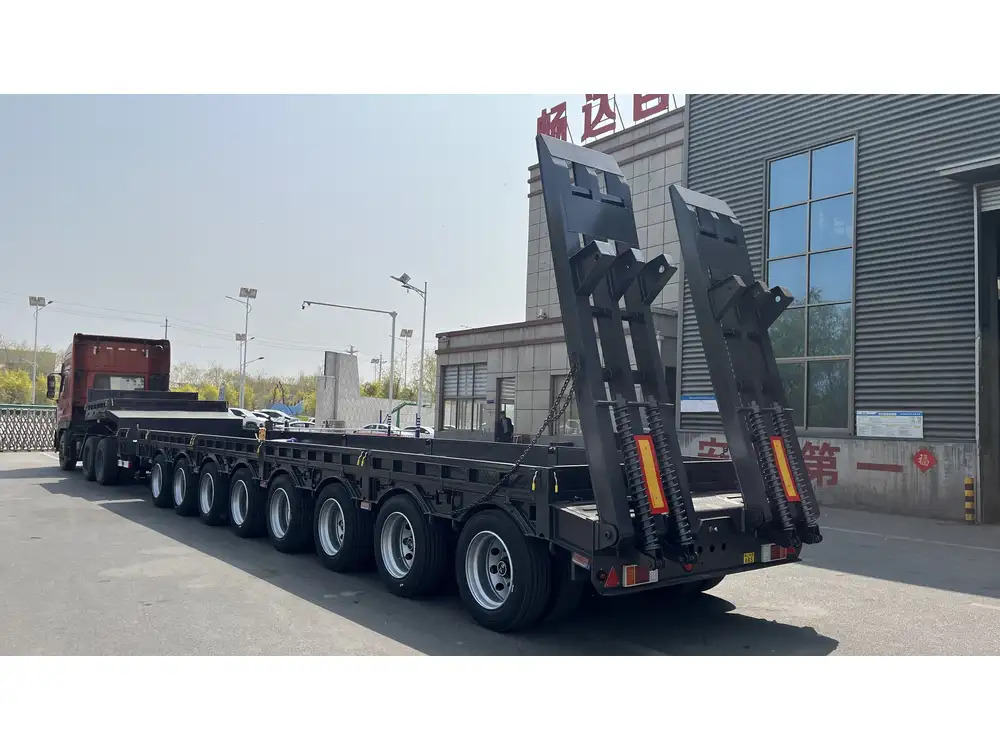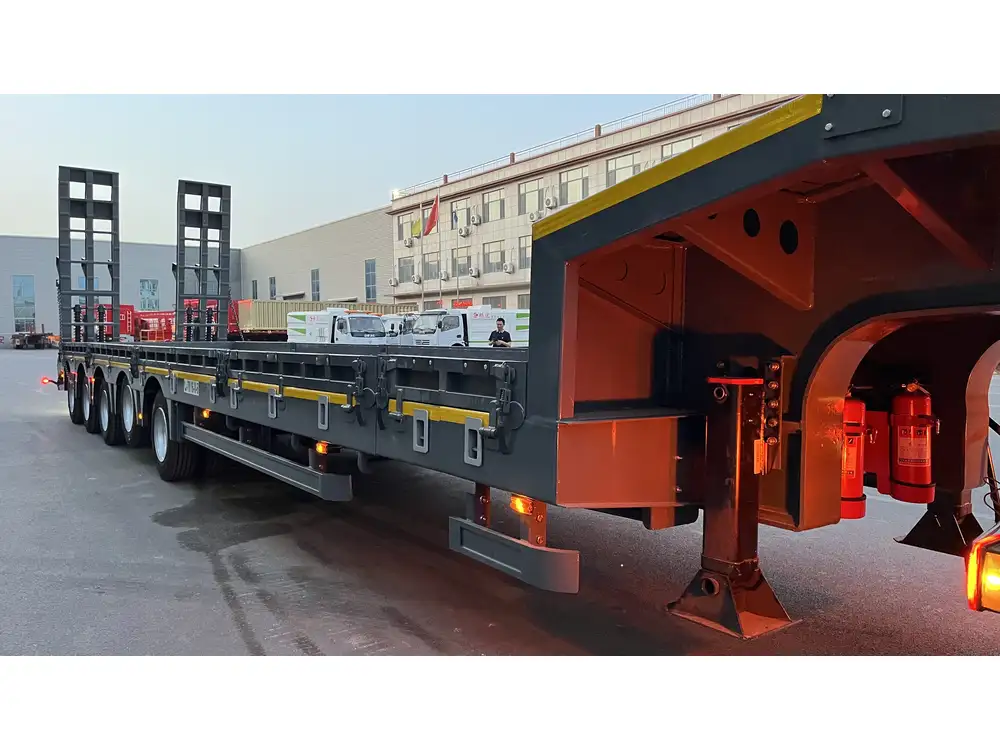Understanding the weight of semi-trailer trucks is crucial for various stakeholders, including truck manufacturers, logistics companies, fleet operators, and regulatory authorities. To unpack this topic effectively, we will explore the different weight classifications, regulations, and typical configurations of semi-trailer trucks.
1. The Weight Classifications of Semi-Trailer Trucks
Semi-trailer trucks vary in weight based on multiple factors: their design, payload capacity, and regulatory limits. In the United States, the Federal Motor Carrier Safety Administration (FMCSA) outlines specific maximum weight limits. These classifications generally encompass:
a. Gross Vehicle Weight Rating (GVWR)
- Definition: The maximum weight a vehicle is rated to safely carry, including its own weight and that of its load.
- Typical Range: Semi-trailer trucks typically have a GVWR ranging from 80,000 lbs to 100,000 lbs (36,287 to 45,359 kg) in the U.S. This is a crucial figure for compliance with federal regulations.

b. Curb Weight
- Definition: The weight of the vehicle itself without any cargo, fuel, or passengers.
- Typical Range: Curb weight for a standard semi-truck usually lies between 15,000 lbs and 25,000 lbs (6,804 to 11,340 kg).
c. Payload Capacity
- Definition: The weight of the cargo that a truck can carry, which is determined by subtracting the curb weight from the GVWR.
- Typical Range: This capacity generally ranges from 50,000 lbs to 65,000 lbs (22,679 to 29,484 kg) for typical semi-trailer configurations.
| Weight Classification | Typical Weight | |
|---|---|---|
| Gross Vehicle Weight Rating | 80,000 – 100,000 lbs | 36,287 – 45,359 kg |
| Curb Weight | 15,000 – 25,000 lbs | 6,804 – 11,340 kg |
| Payload Capacity | 50,000 – 65,000 lbs | 22,679 – 29,484 kg |
2. Factors Influencing the Weight of Semi-Trailer Trucks
Several intrinsic and extrinsic factors contribute to the overall weight of a semi-trailer truck:

a. Truck Configuration
The configuration of a semi-trailer influences its weight. Notable configurations include:
- Flatbed Trailers: Typically lighter, suitable for heavy machinery and goods that do not require securing in an enclosed space.
- Reefer Trailers: These are specialized for transporting temperature-sensitive goods; thus, they add additional weight with insulation and refrigeration units.
- Tank Trailers: Designed for liquids, their structural integrity necessitates added weight.
b. Materials Used
The construction material is integral to a semi-trailer truck’s weight. Innovations in materials, such as lightweight steel and composite materials, are being increasingly adopted to reduce overall vehicle weight while maintaining strength.
c. Regulations and Compliance
Compliance with federal and state regulations impacts design choices. Trucks must meet specified dimensions and weight limits, leading to potential modifications in design that can affect weight. For example:
- Bridge Laws: These regulations dictate the weight distribution over axles, influencing truck design to ensure legal passage over specific roads and bridges.

3. Weight Regulations for Semi-Trailer Trucks
Understanding federal and state regulations is vital for truck operators to avoid penalties and ensure safety. For instance, the FMCSA has set forth the following vital regulations:
a. Maximum Weight Limits
- Federal Limit: A standard semi-trailer truck’s total maximum weight limit is capped at 80,000 lbs (36,287 kg) including the truck, trailer, and cargo.
- State Variances: Some states may allow higher limits for special permits under specific conditions.
b. Axle Weight Limits
Weight must be distributed among multiple axles. The legal weight limits for axle groups include:
- Single Axle: 20,000 lbs (9,072 kg)
- Tandem Axles: 34,000 lbs (15,422 kg)
| Configuration | Max Weight | Max Axle Limits |
|---|---|---|
| Single Axle | 20,000 lbs | Individual axle weight |
| Tandem Axles | 34,000 lbs | Two axles together |
| Tridem Axles | 42,000 lbs | Three axles together |

4. The Impact of Heavy Haul Transport
Heavy haul transport involves moving loads exceeding typical weight limits, which brings a suite of challenges and necessities for specialized semi-trailer trucks.
a. Safety and Compliance
Transporting heavier loads demands stricter compliance with safety regulations. This includes:
- Utilizing specific heavy haul permits.
- Ensuring additional safety features, such as enhanced braking systems.
- Employing pilots or escort vehicles for particularly heavy or wide loads.
b. Increased Inspection Requirements
Heavy haul trucks may be subject to more rigorous inspections, emphasizing the importance of:
- Regular maintenance to avoid breakdowns.
- Timely inspections to ensure adherence to regulations.

5. Common Misconceptions About Semi-Trailer Truck Weights
In discussions surrounding the weights of semi-trailers, several common misconceptions often surface:
a. “All Semi-Trailer Trucks Weigh the Same”
- Reality: Weight varies significantly based on configuration and payload. The same model with different trailers can weigh entirely different amounts.
b. “Weight Doesn’t Affect Fuel Efficiency”
- Reality: Increased weight leads to higher fuel consumption. Heavier trucks demand more power, directly correlating to fuel efficiency.

6. The Future of Semi-Trailer Truck Weights
As technology evolves, truck manufacturers continue to pursue innovations aimed at optimizing weight without compromising safety or regulatory compliance.
a. Advancements in Lightweight Materials
The shift towards lightweight, durable materials like aluminum and composites is gaining traction, presenting advantages such as:
- Enhanced fuel efficiency.
- Increased payload capacity without exceeding legal limits.
b. Electrification of Fleet
Electric semi-trucks are emerging, presenting unique weight considerations. Battery technology plays a crucial role in both the weight and efficiency of electrified transport. With ongoing advancements, manufacturers are focused on reducing battery weight and improving energy density to maximize payload capacity.

c. Regulatory Changes
As sustainability becomes a focal point in the industry, regulatory adaptations may arise to:
- Accommodate innovative transport solutions while addressing environmental concerns.
- Establish new weight limits for electric and alternative-fuel configurations.
Conclusion
Understanding how heavy a semi-trailer truck can become involves a spiderweb of factors ranging from weight classifications to regulatory compliance, misconceptions, and emerging trends in technology. For manufacturers, operators, and regulators alike, this knowledge is pivotal for navigating the complexities of transportation logistics and adherence to safety regulations.
In an ever-evolving industry characterized by increasing demands, embracing innovative ways to optimize load capacities and enhance safety protocols will be essential. As we stride toward a future underscored by technological advancements, eco-conscious mandates, and regulatory evolutions, the weight of semi-trailer trucks will remain a fundamental concern, shaping both the present and future landscape of the trucking industry.



